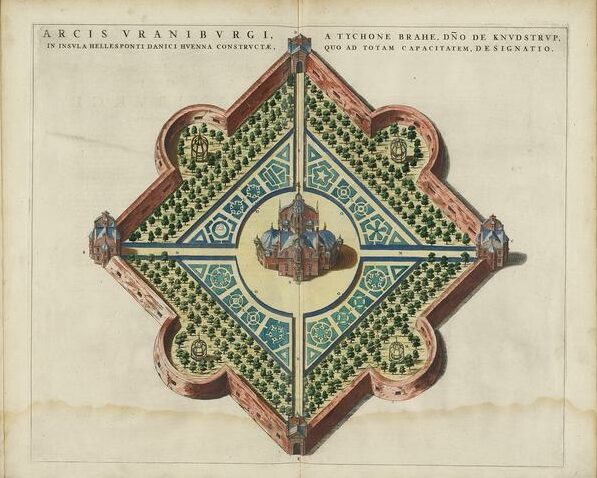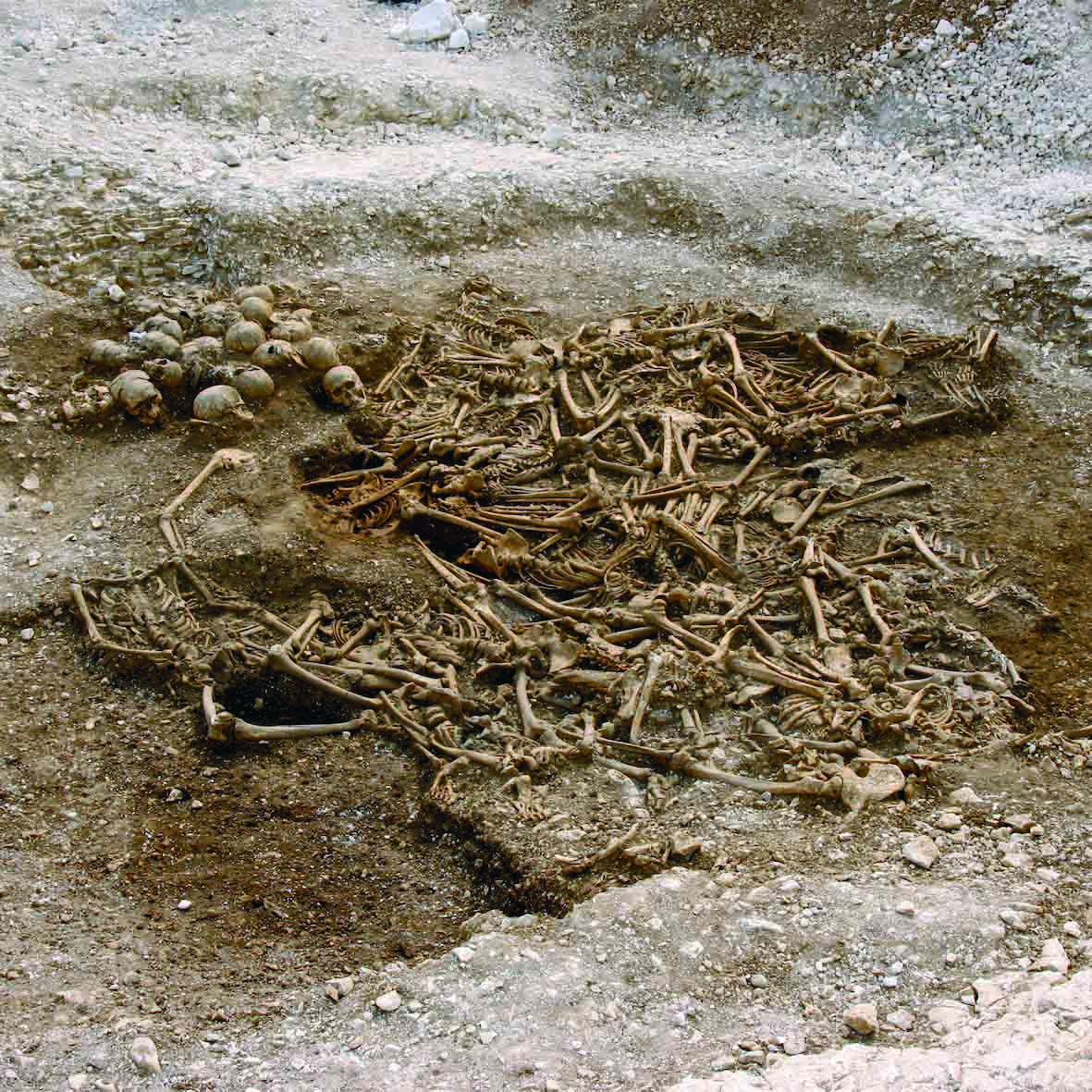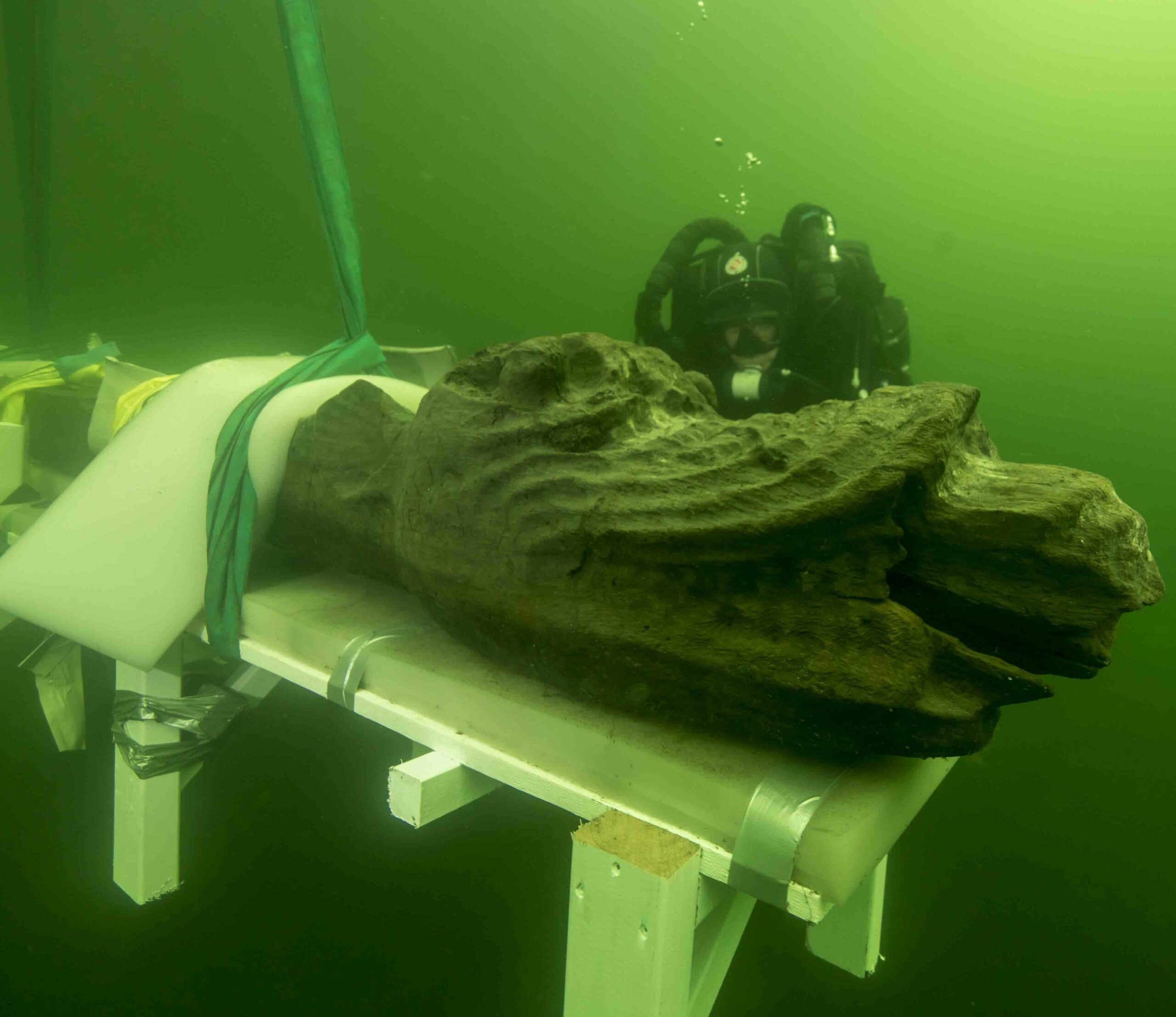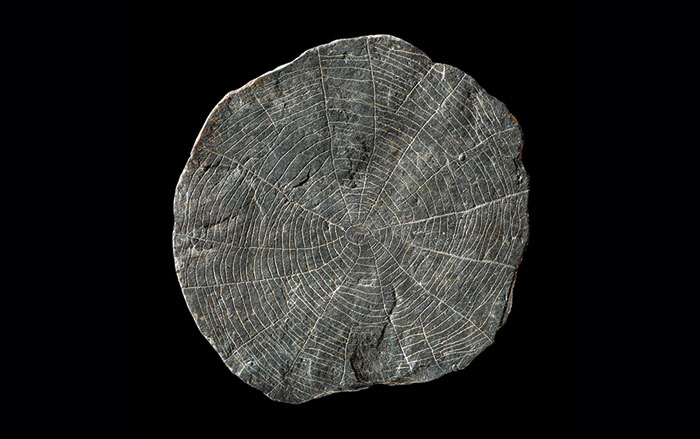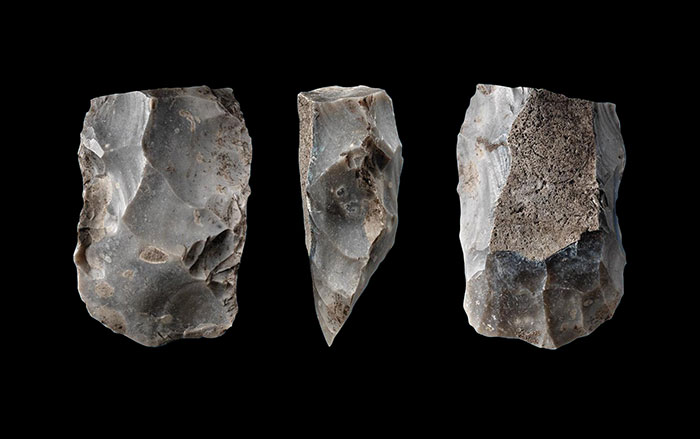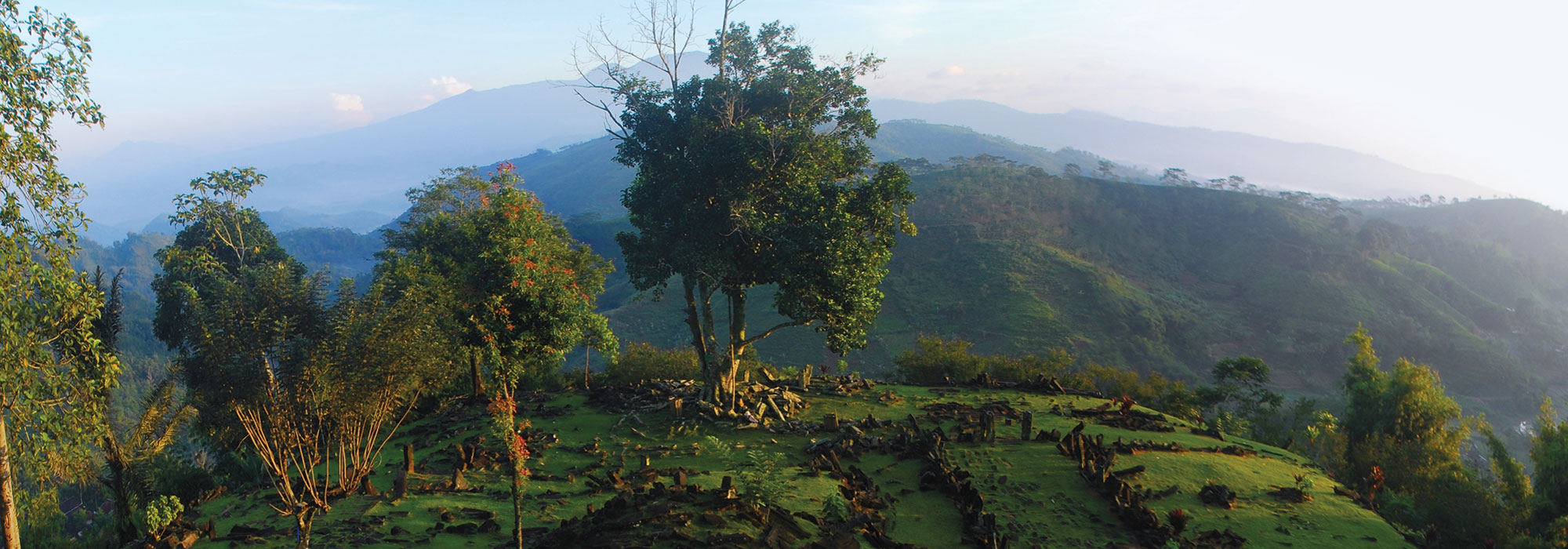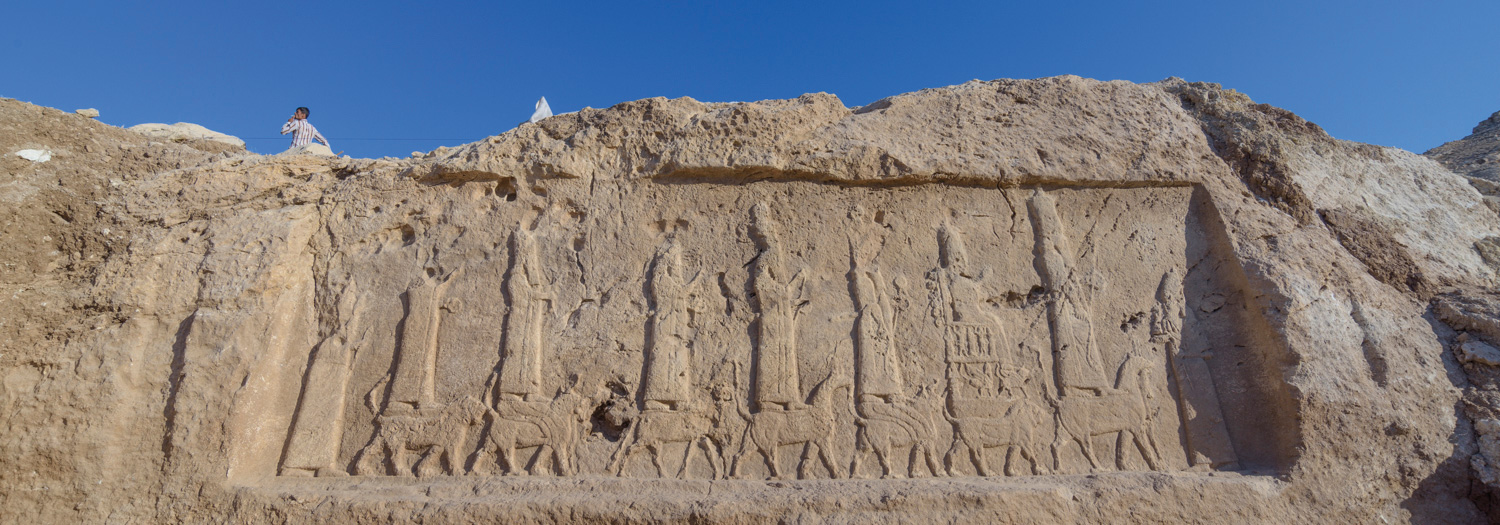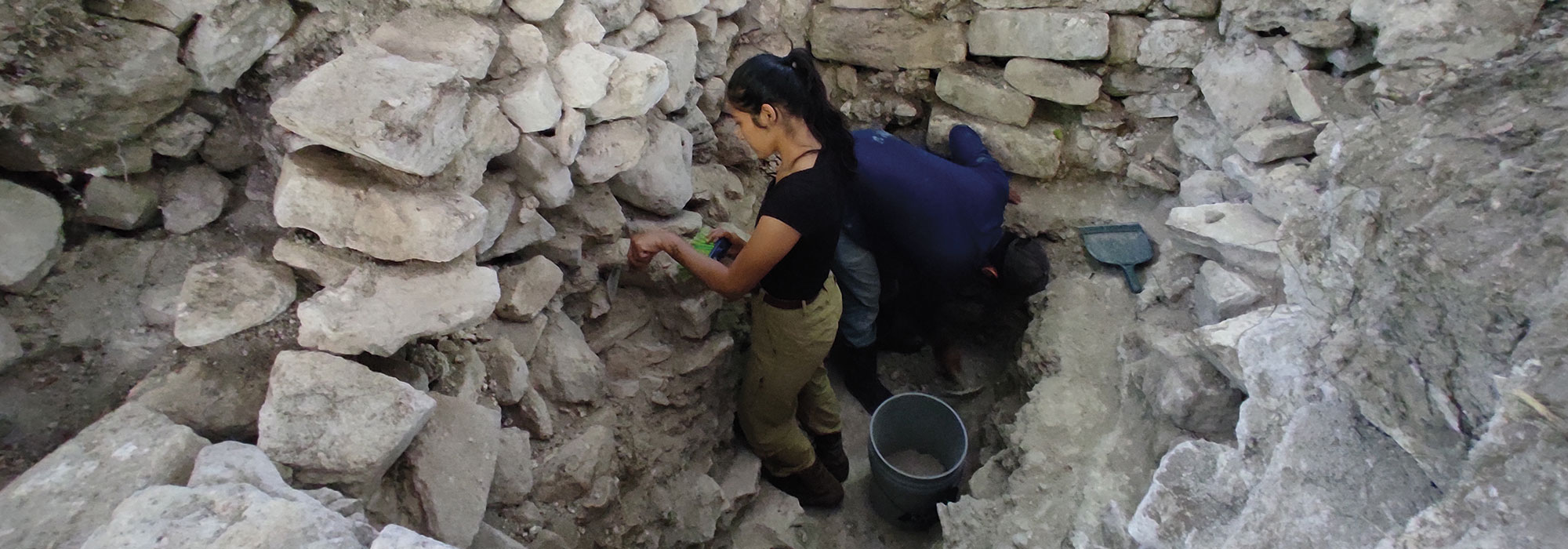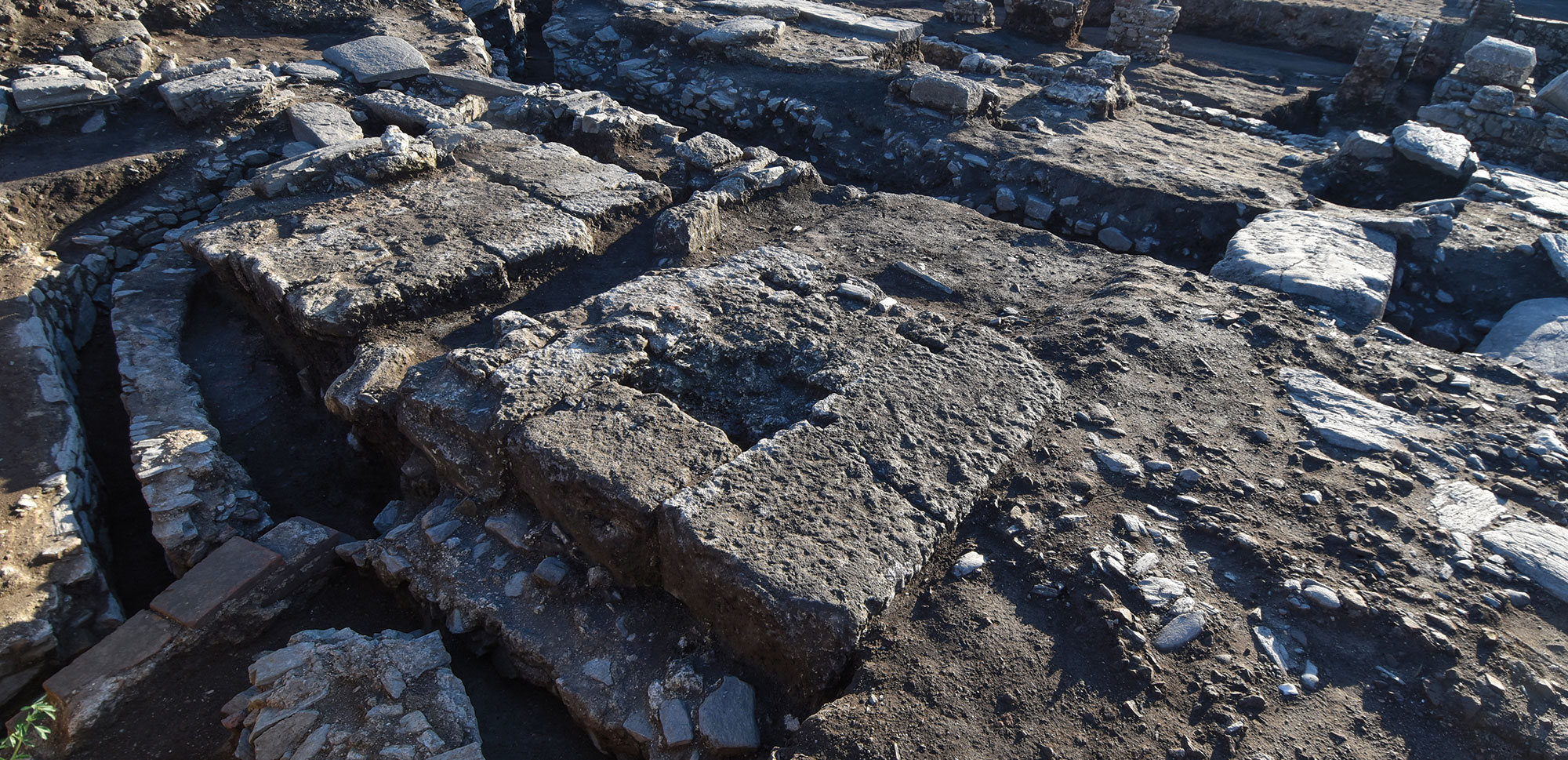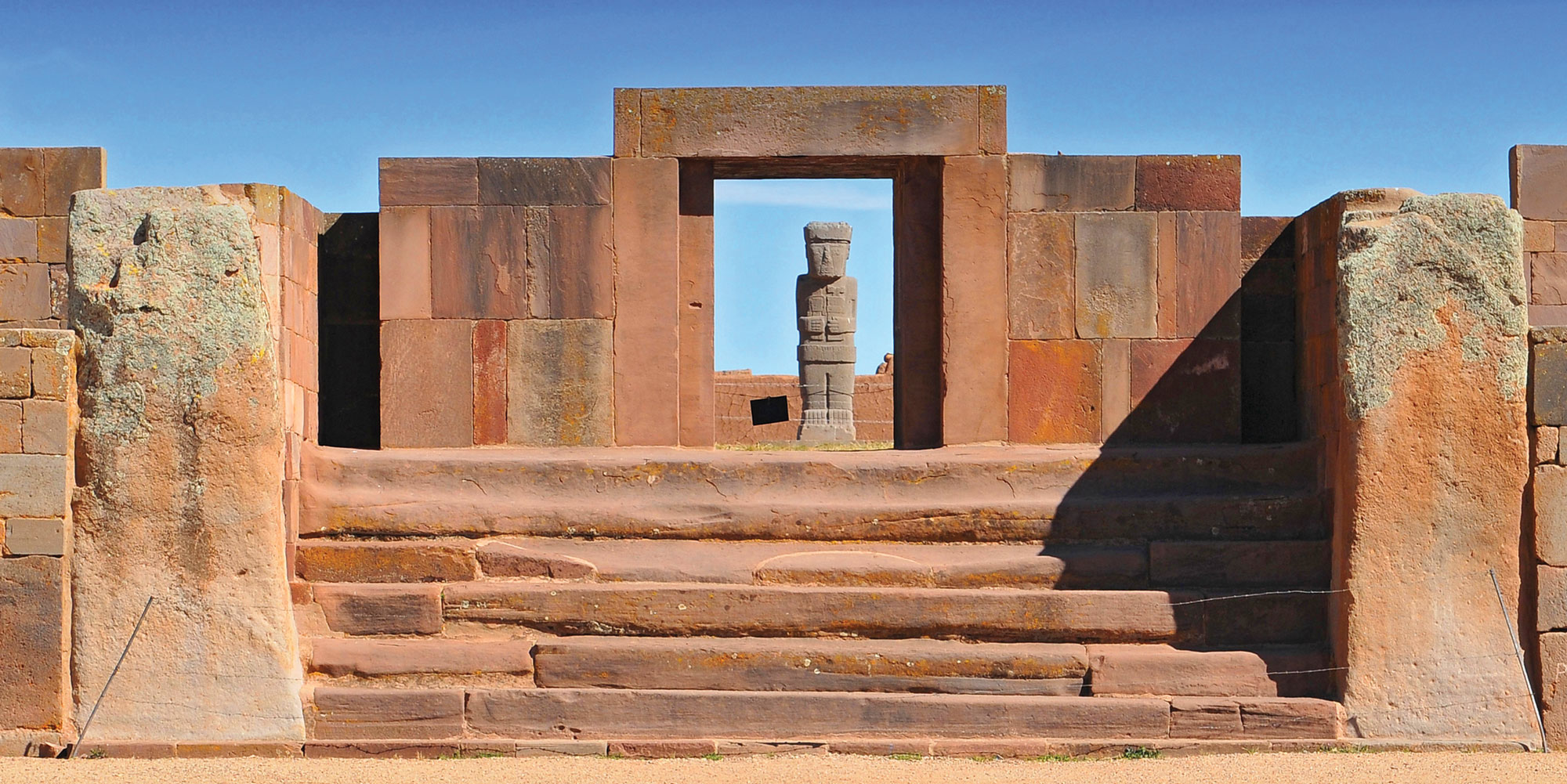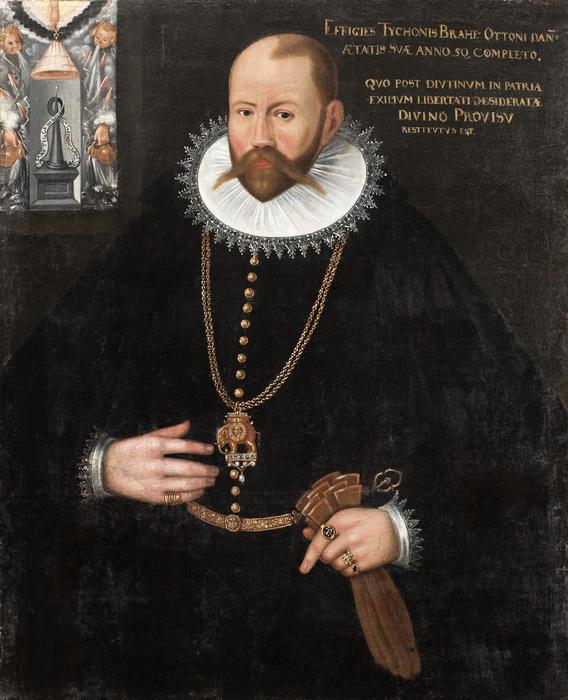
ODENSE, DENMARK—Chemistry World reports that fragments of glass and ceramics taken from the possible area of Tycho Brahe’s laboratory have been analyzed by Kaare Lund Rasmussen of the University of South Denmark and historian Poul Grinder-Hansen of the National Museum of Denmark. Brahe is best known today as a sixteenth-century astronomer, but he also worked to develop medicines. In 1576, King Frederik II of Denmark granted Brahe the use of the Swedish island of Ven, where Brahe constructed Uraniborg, a combination of palace, observatory, and alchemical laboratory. “It was like the Cern of the day,” Rasmussen commented. Hundreds of fragments of glass and ceramics were discovered during an excavation at Uraniborg between 1988 and 1990. Five of these shards have now been tested for 31 trace elements. Copper, antimony, gold, mercury, nickel, zinc, tin, tungsten, and lead were detected. “[We were] very lucky in the sense that [for] one shard there was nothing on either side of it,” said Rasmussen. “The others, there were different elements that were clearly increased or enriched and so for the first time, we have this light cast into this laboratory,” he explained. “Copper, antimony, gold, and mercury were known to be used in the recipes,” Rasmussen added. “But the other ones, nickel, zinc, tin, tungsten, and lead, they were not mentioned anywhere. So, something else must have happened in the alchemy lab … but tungsten, that is really, really hard, because that was hardly invented [at that time],” he mused. To read more about Brahe's island observatory, go to "Off the Grid: Ven, Sweden."


